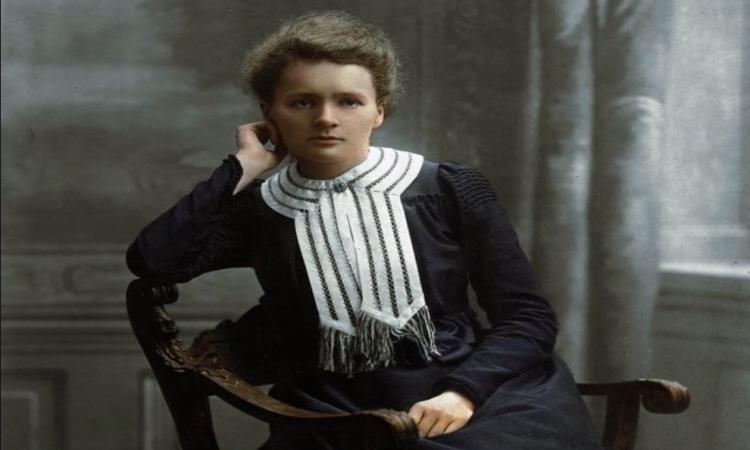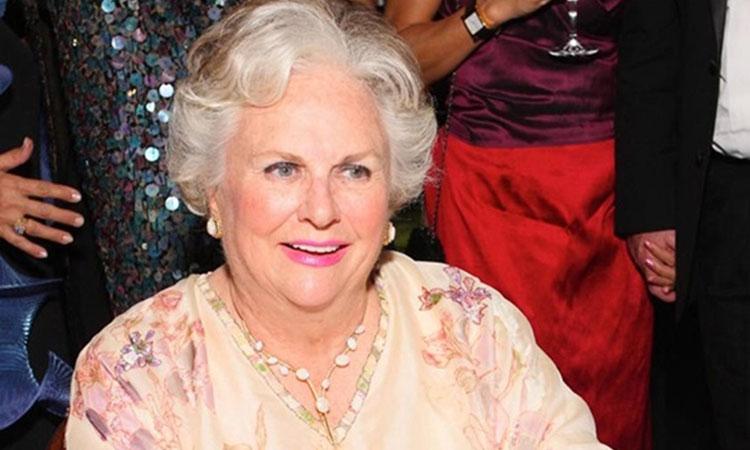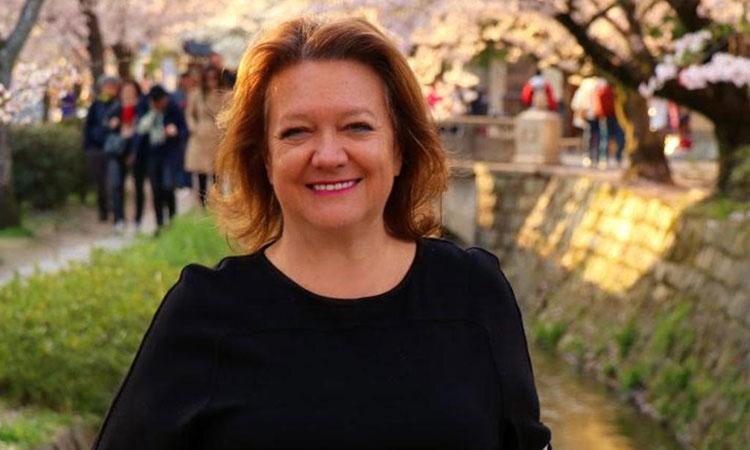One of the greatest mind in science, Madame Curie was the revolutionary physicist who has changed the world of science by her research and discoveries. Her contributions are tremendous and unforgettable. Professor Curie put her findings to work and changed the landscape of medical research and treatments.
Born in Warsaw, Poland, on November 7 1867, young Curie whose original name was Maria Sklodowska was a brilliant student. She faced many challenges in her childhood to pursue her study. As a woman, she was barred from pursuing her higher education. So she enrolled in floating University, a secret institution that provides education to Polish youth. Later she moved to Paris to complete her graduation from the reputed Sorbonne University where she earned her Mathematics and physics degree.
In Paris, he met her life partner Pierre Curie who was her fellow physicist. Marie always wanted to earn an academic position where people recognize her. But it was a challenging task. In 1896 she was fascinated by the study of another physicist Henri Becquerel who discovered that Uranium has a mysterious X-Ray like radiation that could interact with photographic film. The duo of Marie-Pierre realized that uranium alone couldn't create all radiation. And later they invented two new elements which are polonium and radium. With this, they also discovered the term ‘Radioactivity’.
Later that year Pierre and Henri were nominated for Nobel Prize in physics and Marie was overlooked. Pierre took a stand for her wife and shared his Nobel Prize with Marie in 1903. She became the first female to win a Noble Prize.
Marie's life took another turn when her husband died in an accident, and for her living, she started to teach at Sorbonne University and became the first lady professor there. For her fruitful work in physics, Marie was nominated for another Noble Prize. For her discoveries of radium and polonium and her extraction and analysis of pure radium and its compounds, she won her 2nd Noble Prize. She became the first physicist to win the Noble Prize in 2 categories.
Not only this, Curie also opened mobile radiology units during World War 1 and investigated radiations effects on tumour.
Unfortunately, Madame Curie died on July 4, 1934, of a bone marrow disease. Some studies also believe that it was caused due to her radiation exposure which she did earlier. Marie Curie revolutionary research has wholly changed science. She laid the groundwork for a better understanding of physics and chemistry Her discoveries have revealed some of the great science secrets. She will be remembered forever for her contributions.


















